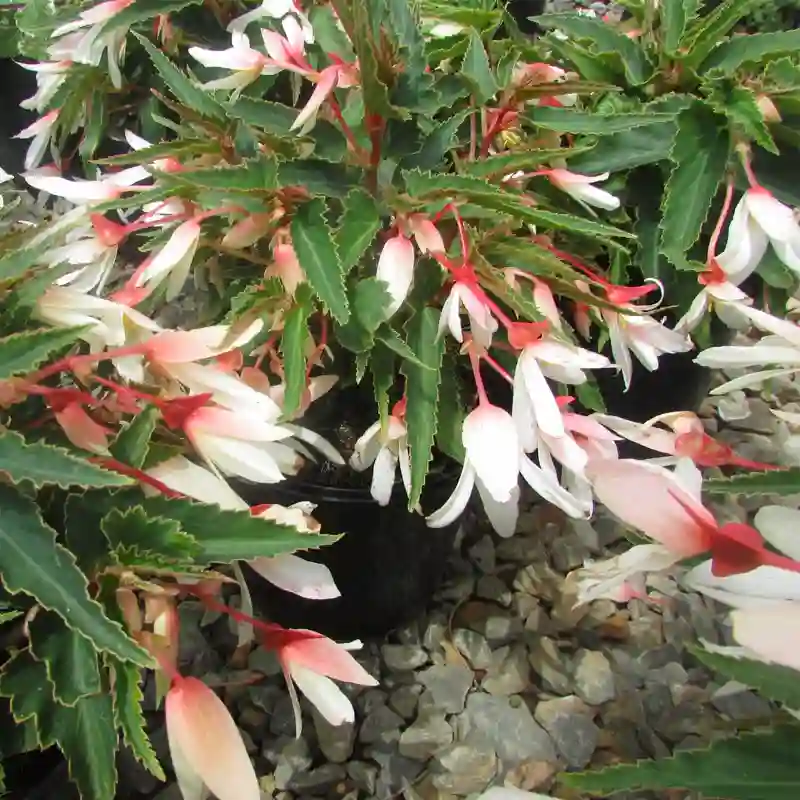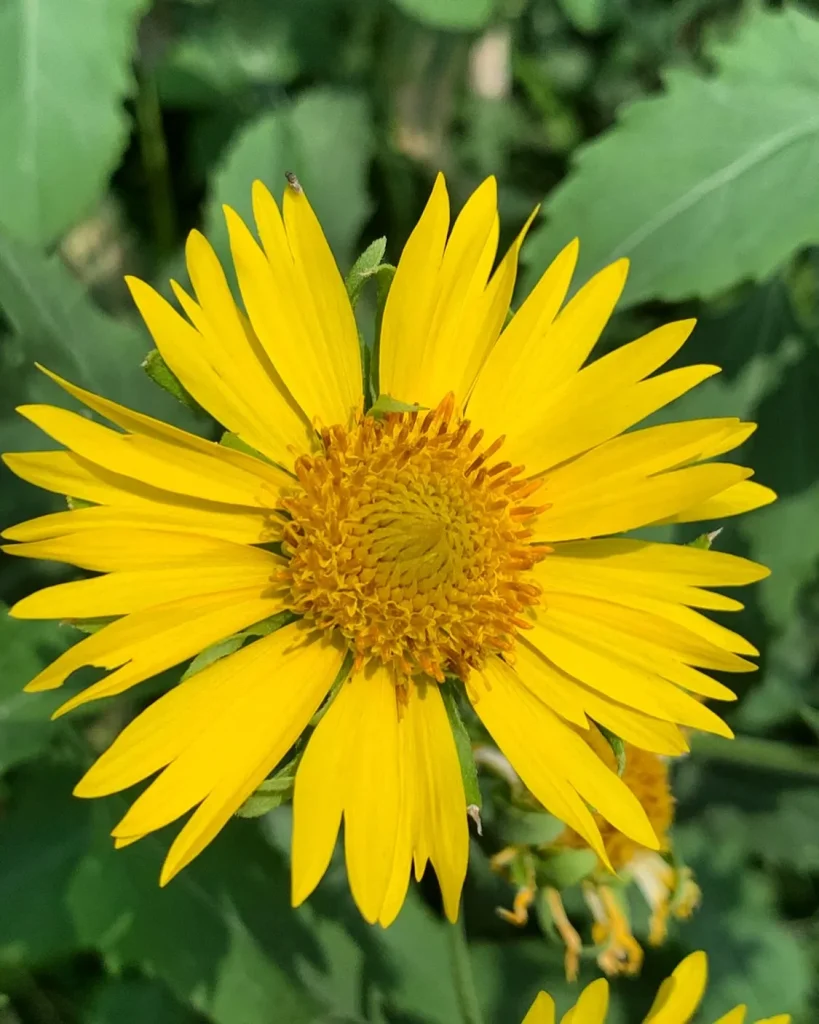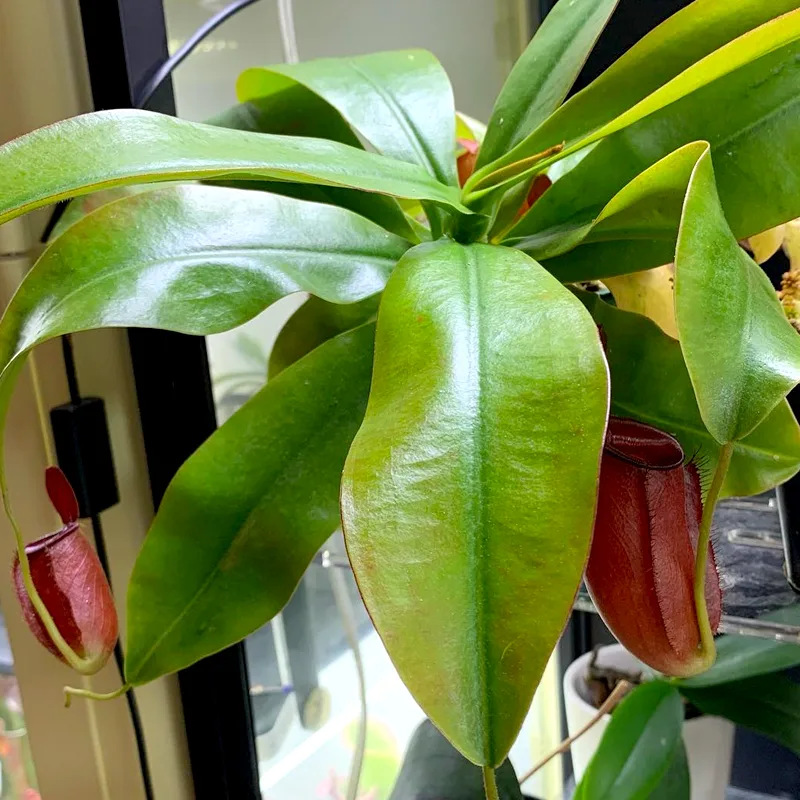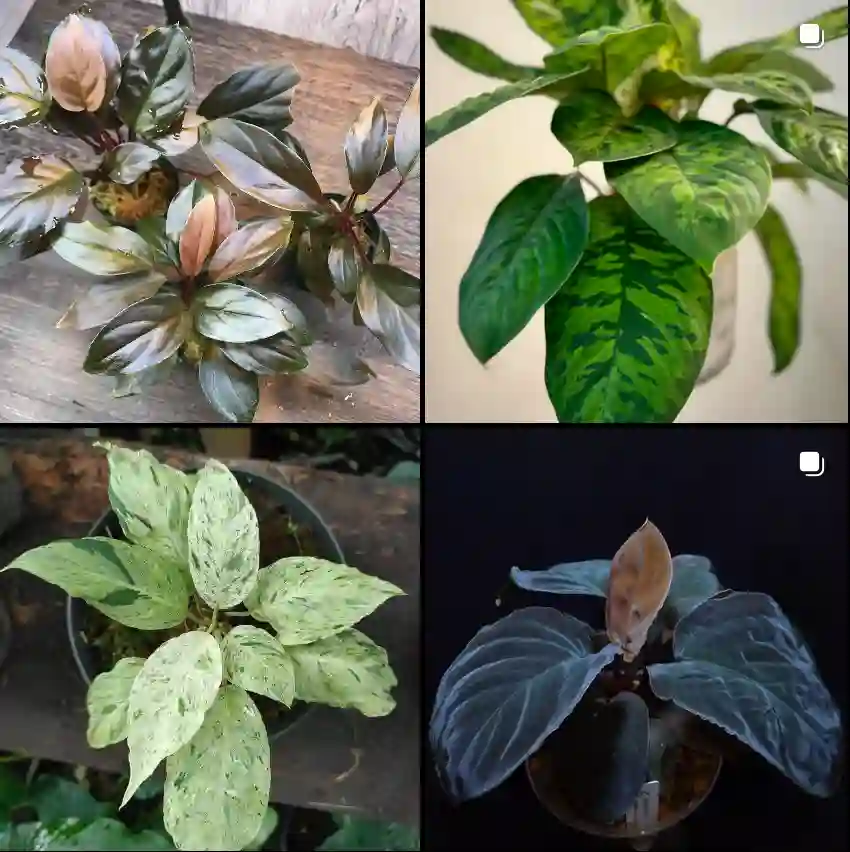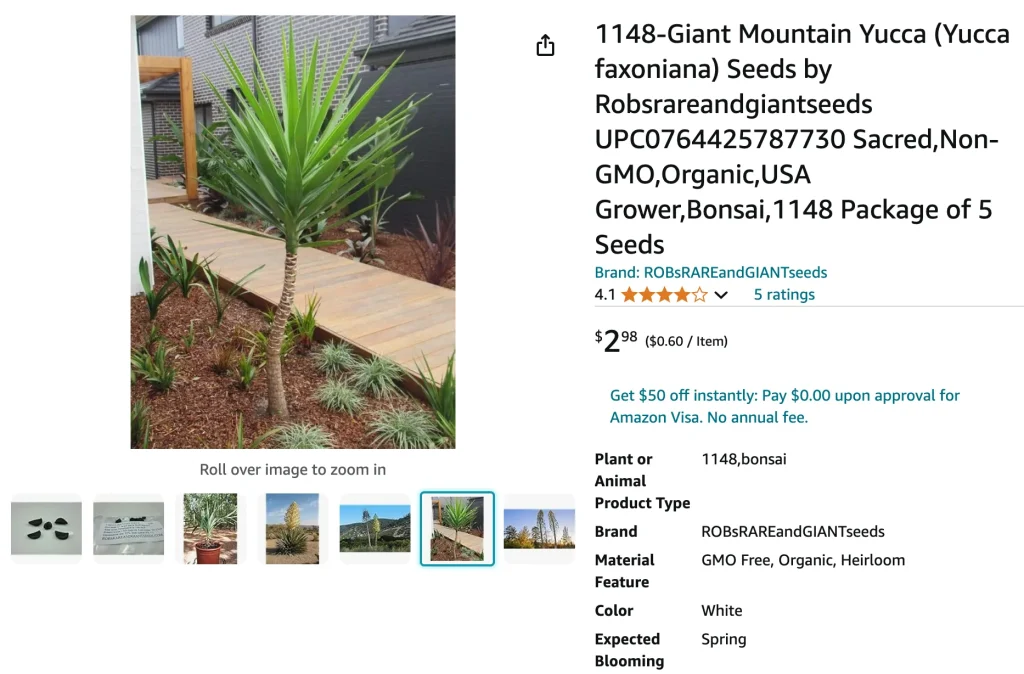
FAQs About Yucca Faxoniana
Yucca Faxoniana, also known as Faxon Yucca or giant yucca, is one of those striking plants that you can’t miss when you see it. Native to the deserts of Texas, New Mexico, and parts of northern Mexico, it’s a resilient and eye-catching plant perfect for dry landscapes. I’ve always been fascinated by the rugged beauty and low-maintenance nature of this plant, and over the years, I’ve gathered a lot of experience growing and caring for it.
54 Species in Genus Yucca
What is Yucca Faxoniana?
Yucca Faxoniana is a large, slow-growing succulent that can reach up to 30 feet tall. It has a thick, sturdy trunk and spiky, sword-shaped leaves that fan out from the top. The leaves are a silvery-green color, giving the plant a striking appearance, especially against a desert backdrop. In the spring, this yucca produces tall spikes covered in creamy white flowers, which are not only beautiful but also attract pollinators like bees and hummingbirds.
What sets Yucca Faxoniana apart from other yucca species is its size. It’s sometimes called the giant yucca for a reason. While many yuccas stay relatively small, this one has the potential to grow into a tree-like form over time. It’s perfect for making a bold statement in any xeriscaped garden or arid landscape.
How to Care for Yucca Faxoniana?
Caring for Yucca Faxoniana is surprisingly easy, which is one of the reasons I love it. This plant thrives in dry, sandy soil and full sun, making it ideal for hot, arid environments. Here are a few care tips I’ve found useful:
- Watering: Like most succulents, Yucca Faxoniana is drought-tolerant. I water mine sparingly, especially in the hotter months. Overwatering can lead to root rot, so it’s best to let the soil dry out completely between waterings.
- Soil: This yucca prefers well-draining soil. I’ve planted mine in sandy or gravelly soil, which allows water to flow through easily and prevents soggy conditions.
- Light: Yucca Faxoniana loves full sun. It’s a desert plant, after all. Make sure it gets at least 6 hours of direct sunlight daily for optimal growth.
- Temperature: This yucca can tolerate extreme temperatures, both hot and cold. I’ve seen it handle freezing winters and scorching summers without missing a beat.
How to Propagate Yucca Faxoniana?
Propagating Yucca Faxoniana can be a bit tricky, but it’s definitely possible. The easiest method is by offsets, also known as “pups.” Occasionally, mature plants will produce small shoots at the base of the trunk.
- Wait until the pup is a decent size, around 4-6 inches tall.
- Carefully separate it from the main plant using a sharp knife or pruning shears.
- Replant it in well-draining soil, and water sparingly until it establishes roots.
It’s worth noting that Yucca Faxoniana is a slow grower, so propagation takes patience.
What to Plant with Yucca Faxoniana?
Yucca Faxoniana pairs beautifully with other drought-tolerant plants. I’ve had success planting it alongside:
- Agave: Both plants have similar watering and sunlight needs, and their bold shapes complement each other well.
- Cacti: Since they share a desert origin, cacti and yucca look natural together in the landscape.
- Lavender: The soft purple of lavender flowers contrasts nicely with the sharp, spiky foliage of the yucca.
By combining these plants, you can create a visually interesting and low-maintenance garden that thrives in hot, dry conditions.
Is Yucca Faxoniana Toxic?
Yucca Faxoniana, like many other yuccas, contains saponins that can be toxic if ingested in large quantities. While it’s generally safe to handle, I always wear gloves when pruning or cutting the plant to avoid skin irritation from the sap. It’s also a good idea to keep pets and small children away from the plant, as the sharp leaves can cause injury, and ingestion can lead to digestive upset.
Common Problems with Yucca Faxoniana
While Yucca Faxoniana is a tough plant, it’s not immune to problems. Here are a few issues I’ve encountered:
- Root Rot: Overwatering is the most common problem. If the soil doesn’t drain well, the roots can become waterlogged, leading to rot. It’s important to plant Yucca Faxoniana in well-draining soil and avoid frequent watering.
- Pests: Although it’s relatively pest-resistant, scale insects and mealybugs can sometimes be an issue. I usually treat these with neem oil or insecticidal soap when they appear.
- Leaf Spots: If the plant gets too much moisture or humidity, you might notice leaf spots. This is more common in humid climates, so it’s something to watch for if you live in a wet area.
Benefits of Yucca Faxoniana
Aside from its striking appearance, Yucca Faxoniana offers a number of benefits:
- Drought Tolerance: It’s perfect for xeriscaping or dry gardens where water conservation is important.
- Low Maintenance: Once established, this plant needs very little care. I’ve found it to be one of the easiest plants to maintain in my garden.
- Wildlife Attraction: The flowers attract pollinators like bees and hummingbirds, adding life and movement to your garden.
Comparing Yucca Faxoniana with Other Yuccas
I’ve often been asked how Yucca Faxoniana compares to other yucca species, like Yucca Rostrata or Yucca Elephantipes. The main difference is size. Yucca Faxoniana is much larger, with a thicker trunk and a more dramatic overall appearance. If you’re looking for a yucca that can serve as a focal point, Faxoniana is the way to go. However, if you need a smaller or more compact plant, Yucca Rostrata might be a better fit.
Conclusion
Yucca Faxoniana is a striking and hardy plant that adds a bold, architectural element to any landscape. With minimal care and water, it thrives in the toughest conditions. Whether you’re planting it as a statement piece or alongside other drought-tolerant plants, you’ll find it to be a resilient and rewarding addition to your garden.
If i die, water my plants!
